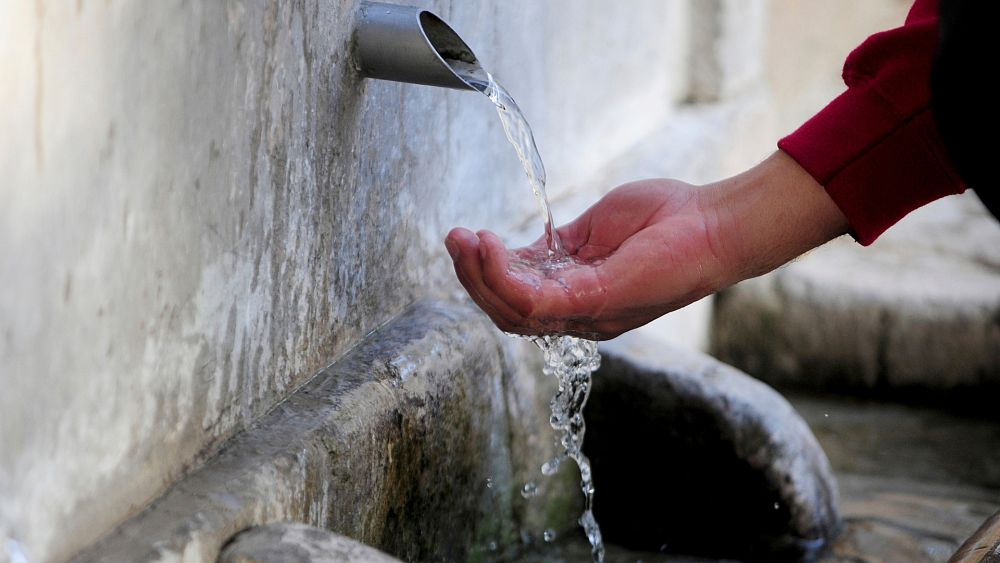Sports
25 countries now face ‘extreme water stress’ every year – three of them are in Europe

More than two dozen countries are using a majority of their renewable water supply every year making them vulnerable to drought.
A quarter of the world’s population is facing extreme water stress, according to new research.
The countries at the highest risk regularly use 80 per cent of their renewable water supply for irrigating crops, livestock, industry and household needs every year.
Even a short-term drought can put them in danger of running out of water or the government turning off the taps to conserve what is left.
“Living with this level of water stress jeopardises people’s lives, jobs, food and energy security,” the report from the World Resources Institute (WRI) reads.
Its authors add that water is essential to fostering an equitable society, growing food, producing electricity, maintaining health and meeting the world’s climate goals.
Population growth, economic development and climate change are all set to make the situation worse without proper management of our supplies.
Which countries are facing the worst water stress?
The WRI says that 25 countries are currently exposed to extremely high water stress every year. Together they are home to a quarter of the world’s population.
Top of the list is Bahrain with Cyprus second in the WRI’s ranking. Two other European countries are also on the list: Belgium ranked eighteenth and Greece nineteenth.
The world’s worst affected regions are the Middle East and North Africa where 83 per cent of people are exposed to extremely high water stress. That figure is expected to rise to 100 per cent by 2050.
Demand for water is increasing
Globally, the demand for water is expected to increase by between 20 and 25 per cent by 2050. It has already more than doubled since 1960.
While demand for water has plateaued in Europe and the US due to investment in efficiency, international trade means that the problem goes beyond borders.
Though most countries in Sub-Saharan Africa don’t currently face extreme water stress, demand there is growing faster than any other region in the world. And with increased water use there could be major economic growth with Africa overall projected to be the fastest-growing economic region in the world.
But soaring demand paired with improper management of supplies threatens that growth. Data from the WRI shows that 31 per cent of global gross domestic product (GDP) – almost €65 trillion – will be exposed to extreme water stress by 2050.
Just four countries – India, Mexico, Egypt and Turkey – account for half of the exposed GDP.
Why is water stress a problem?
Water shortages have a widespread impact on everything from energy to food and health. In India, for example, a lack of water to cool thermal power stations between 2017 and 2021 resulted in the loss of enough energy to power 1.5 million homes for five years.
WRI says that around 60 per cent of the world’s irrigated agriculture is already facing extremely high water stress too. Particularly threatened are crops like sugarcane, wheat, rice and maize.
Political will and financial banking are needed to stop water stress from causing water crises. They say that cities like Singapore and Las Vegas already prove that societies can thrive even in the most water-scarce scenarios.
Solutions include measures like making agriculture more efficient, treating and reusing wastewater, desalination and removing water-thirsty grass.
“In fact, WRI research shows that solving global water challenges is cheaper than you might think,” the report’s authors argue.
It found that it could cost the world as little as 1 per cent of global GDP or 0.27 per person, per day between 2015 and 2015.
Disclaimer: No copyright infringement intended. All rights and credits reserved to respective owner(s).
























